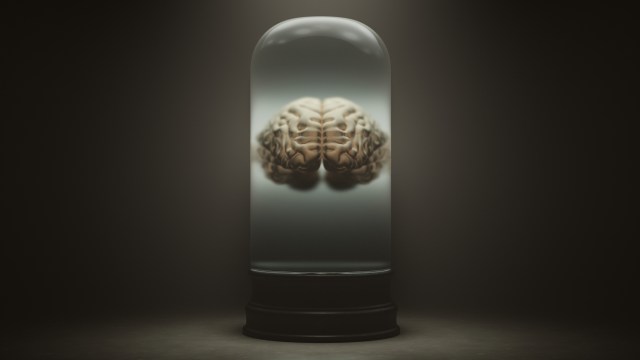Does Particle Physics Have A Future On Earth?
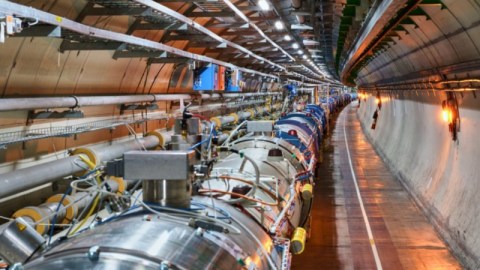
If we don’t push the frontiers of physics, we’ll never learn what lies beyond our current understanding.
At a fundamental level, what is our Universe made of? This question has driven physics forward for centuries. Even with all the advances we’ve made, we still don’t know it all. While the Large Hadron Collider discovered the Higgs boson and completed the Standard Model earlier this decade, the full suite of the particles we know of only make up 5% of the total energy in the Universe.
We don’t know what dark matter is, but the indirect evidence for it is overwhelming. Same deal with dark energy. Or questions like why the fundamental particles have the masses they do, or why neutrinos aren’t massless, or why our Universe is made of matter and not antimatter. Our current tools and searches have not answered these great existential puzzles of modern physics. Particle physics now faces an incredible dilemma: try harder, or give up.
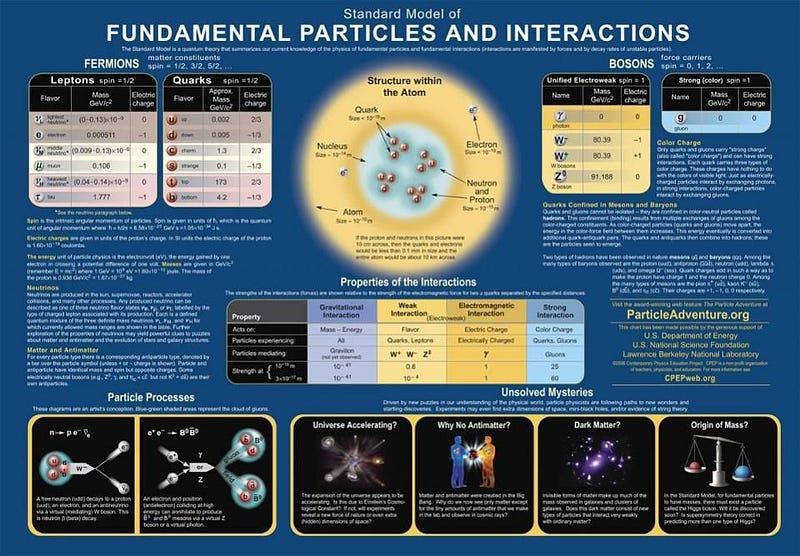
The particles and interactions that we know of are all governed by the Standard Model of particle physics, plus gravity, dark matter, and dark energy. In particle physics experiments, however, it’s the Standard Model alone that matters. The six quarks, charged leptons and neutrinos, gluons, photon, gauge bosons and Higgs boson are all that it predicts, and each particle has been not only discovered, but their properties have been measured.
As a result, the Standard Model is perhaps a victim of its own success. The masses, spins, lifetimes, interaction strengths, and decay ratios of every particle and antiparticle have all been measured, and they agree with the Standard Model’s predictions at every turn. There are enormous puzzles about our Universe, and particle physics has given us no experimental indications of where or how they might be solved.

It might be tempting, therefore, to presume that building a superior particle collider would be a fruitless endeavor. Indeed, this could be the case. The Standard Model of particle physics has explicit predictions for the couplings that occur between particles. While there are a number of parameters that remain poorly determined at present, it’s conceivable that there are no new particles that a next-generation collider could reveal.
The heaviest Standard Model particle is the top quark, which takes roughly ~180 GeV of energy to create. While the Large Hadron Collider can reach energies of 14 TeV (about 80 times the energy needed to create a top quark), there might not be any new particles present to find unless we reach energies in excess of 1,000,000 times as great. This is the great fear of many: the possible existence of a so-called “energy desert” extending for many orders of magnitude.
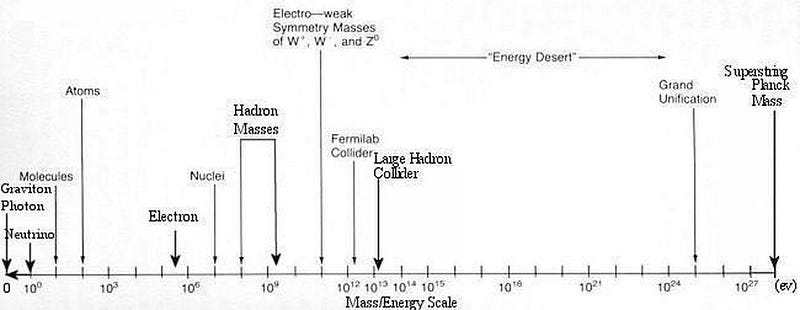
But it’s also possible that there is new physics present at a modest scale beyond where we’ve presently probed. There are many theoretical extensions to the Standard Model that are quite generic, where deviations from the Standard Model’s predictions can be detected by a next-generation collider.
If we want to know what the truth about our Universe is, we have to look, and that means pushing the present frontiers of particle physics into uncharted territory. Right now, the community is debating between multiple approaches, with each one having its pros and cons. The nightmare scenario, however, isn’t that we’ll look and won’t find anything. It’s that infighting and a lack of unity will doom experimental physics forever, and that we won’t get a next-generation collider at all.
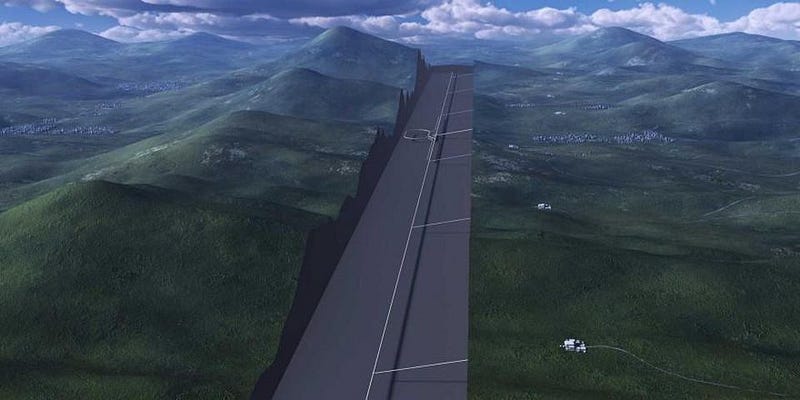
When it comes to deciding what collider to build next, there are two generic approaches: a lepton collider (where electrons and positrons are accelerated and collided), and a proton collider (where protons are accelerated and collided). The lepton colliders have the advantages of:
- the fact that leptons are point particles, rather than composite particles,
- 100% of the energy from electrons colliding with positrons can be converted into energy for new particles,
- the signal is clean and much easier to extracts,
- and the energy is controllable, meaning we can choose to tune the energy to a specific value and maximize the chance of creating a specific particle.
Lepton colliders, in general, are great for precision studies, and we haven’t had a cutting-edge one since LEP was operational nearly 20 years ago.

It’s very unlikely, unless nature is extremely kind, that a lepton collider will directly discover a new particle, but it may be the best bet for indirectly discovering evidence of particles beyond the Standard Model. We’ve already discovered particles like the W and Z bosons, the Higgs boson, and the top quark, but a lepton collider could both produce them in great abundances and through a variety of channels.
The more events of interest we create, the more deeply we can probe the Standard Model. The Large Hadron Collider, for example, will be able to tell whether the Higgs behaves consistently with the Standard Model down to about the 1% level. In a wide series of extensions to the Standard Model, ~0.1% deviations are expected, and the right future lepton collider will get you the best physics constraints possible.
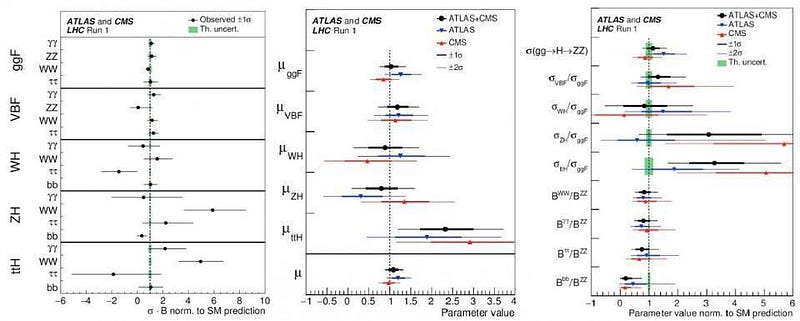
These precision studies could be incredibly sensitive to the presence of particles or interactions we haven’t yet discovered. When we create a particle, it has a certain set of branching ratios, or probabilities that it will decay in a variety of ways. The Standard Model makes explicit predictions for those ratios, so if we create a million, or a billion, or a trillion such particles, we can probe those branching ratios to unprecedented precisions.
If you want better physics constraints, you need more data and better data. It isn’t just the technical considerations that should determine which collider comes next, but also where and how you can get the best personnel, the best infrastructure and support, and where you can build a (or take advantage of an already-existing) strong experimental and theoretical physics community.

There are two general classes proposals for a lepton collider: a circular collider and a linear collider. Linear colliders are simple: accelerate your particles in a straight line and collide them together in the center. With ideal accelerator technology, a linear collider 11 km long could reach energies of 380 GeV: enough to produce the W, Z, Higgs, or top in great abundance. With a 29 km linear collider, you could reach energies of 1.5 TeV, and with a 50 km collider, 3 TeV, although costs rise tremendously to accompany longer lengths.
Linear colliders are slightly less expensive than circular colliders for the same energy, because you can dig a smaller tunnel to reach the same energies, and they don’t suffer energy losses due to synchrotron radiation, enabling them to reach potentially higher energies. However, the circular colliders offer an enormous advantage: they can produce much greater numbers of particles and collisions.

While a linear collider might be able to produce 10 to 100 times as many collisions as a prior-generation lepton collider like LEP (dependent on energies), a circular version can surpass that easily: producing 10,000 times as many collisions at the energies required to create the Z boson.
Although circular colliders have substantially higher event rates than linear colliders at the relevant energies that produce Higgs particles as well, they begin to lose their advantage at energies required to produce top quarks, and cannot reach beyond that at all, where linear colliders become dominant.
Because all of the decay and production processes that occur in these heavy particles scales as either the number of collisions or the square root of the number of collisions, a circular collider has the potential to probe physics with many times the sensitivity of a linear collider.
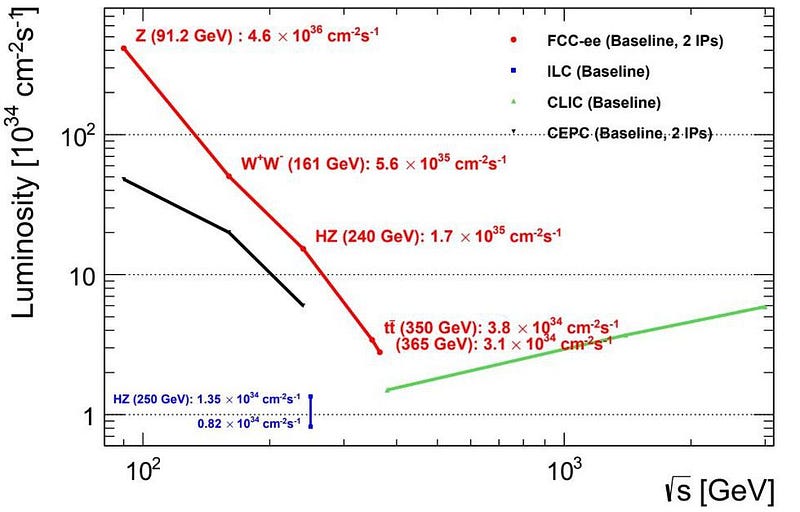
The proposed FCC-ee, or the lepton stage of the Future Circular Collider, would realistically discover indirect evidence for any new particles that coupled to the W, Z, Higgs, or top quark with masses up to 70 TeV: five times the maximum energy of the Large Hadron Collider.
The flipside to a lepton collider is a proton collider, which — at these high energies — is essentially a gluon-gluon collider. This cannot be linear; it must be circular.
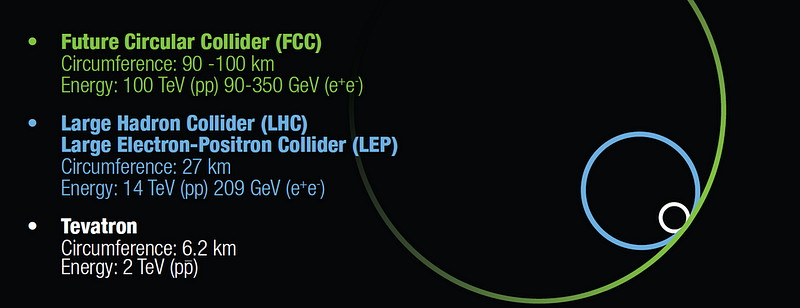
There is really only one suitable site for this: CERN, since it not only needs a new, enormous tunnel, but all the infrastructure of the prior stages, which only exist at CERN. (They could be built elsewhere, but the cost would be more expensive than a site where the infrastructure like the LHC and earlier colliders like SPS already exist.)
Just as the LHC is presently occupying the tunnel previously occupied by LEP, a circular lepton collider could be superseded by a next-generation circular proton collider, such as the proposed FCC-pp. However, you cannot run both an exploratory proton collider and a precision lepton collider simultaneously; you must decommission one to finish the other.
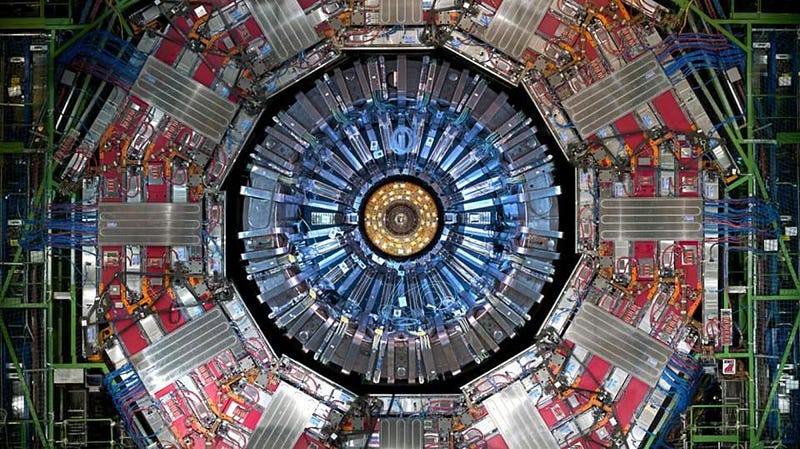
It’s very important to make the right decision, as we do not know what secrets nature holds beyond the already-explored frontiers. Going to higher energies unlocks the potential for new direct discoveries, while going to higher precisions and greater statistics could provide even stronger indirect evidence for the existence of new physics.
The first-stage linear colliders are going to cost between 5 and 7 billion dollars, including the tunnel, while a proton collider of four times the LHC’s radius, with magnets twice as strong, 10 times the collision rate and next-generation computing and cryogenics might cost a total of up to $22 billion, offering as big a leap over the LHC as the LHC was over the Tevatron. Some money could be saved if we build the circular lepton and proton colliders one after the other in the same tunnel, which would essentially provide a future for experimental particle physics after the LHC is done running at the end of the 2030s.
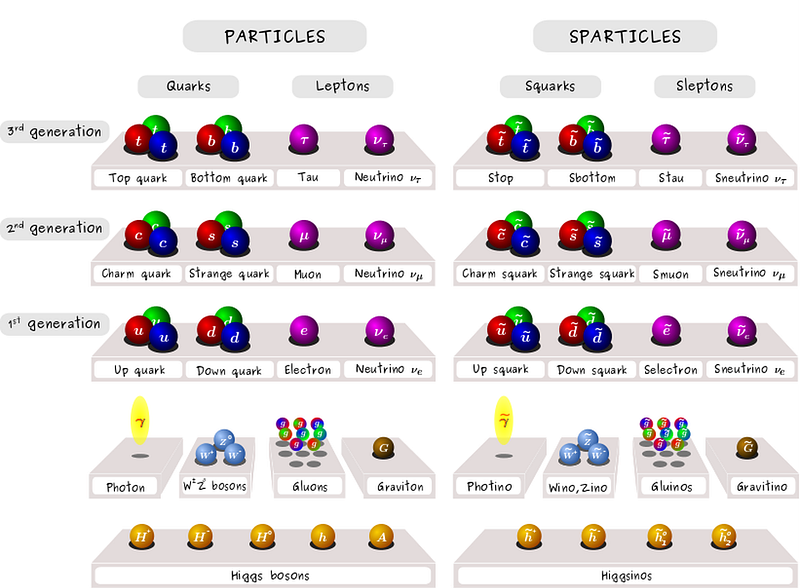
The most important thing to remember in all of this is that we aren’t simply continuing to look for supersymmetry, dark matter, or any particular extension of the Standard Model. We have a slew of problems and puzzles that indicate that there must be new physics beyond what we currently understand, and our scientific curiosity compels us to look. In choosing what machine to build, it’s vital to choose the most performant machine: the ones with the highest numbers of collisions at the energies we’re interested in probing.
Regardless of which specific projects the community chooses, there will be trade-offs. A linear lepton collider can always reach higher energies than a circular one, while a circular one can always create more collisions and go to higher precisions. It can gather just as much data in a tenth the time, and probe for more subtle effects, at the cost of a lower energy reach.
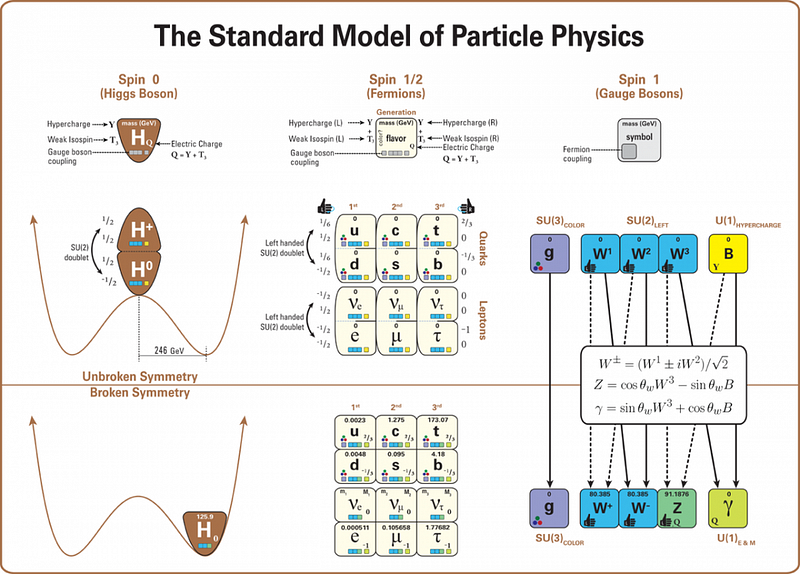
Will it be successful? Regardless of what we find, that answer is unequivocally yes. In experimental physics, success does not equate to finding something, as some might erroneously believe. Instead, success means knowing something, post-experiment, that you did not know before you did the experiment. To push beyond the presently known frontiers, we’d ideally want both a lepton and a proton collider, at the highest energies and collision rates we can achieve.
There is no doubt that new technologies and spinoffs will come from whichever collider or colliders come next, but that’s not why we do it. We are after the deepest secrets of nature, the ones that will remain elusive even after the Large Hadron Collider finishes. We have the technical capabilities, the personnel, and the expertise to build it right at our fingertips. All we need is the political and financial will, as a civilization, to seek the ultimate truths about nature.
Ethan Siegel is the author of Beyond the Galaxy and Treknology. You can pre-order his third book, currently in development: the Encyclopaedia Cosmologica.





